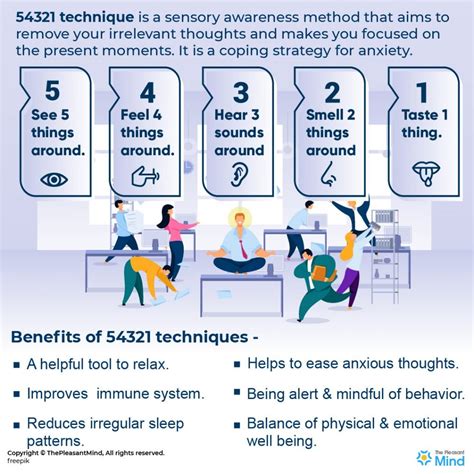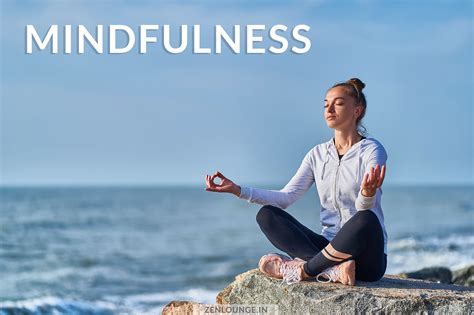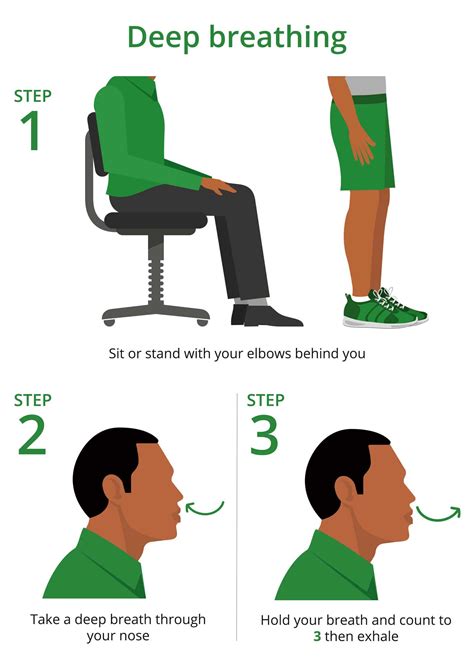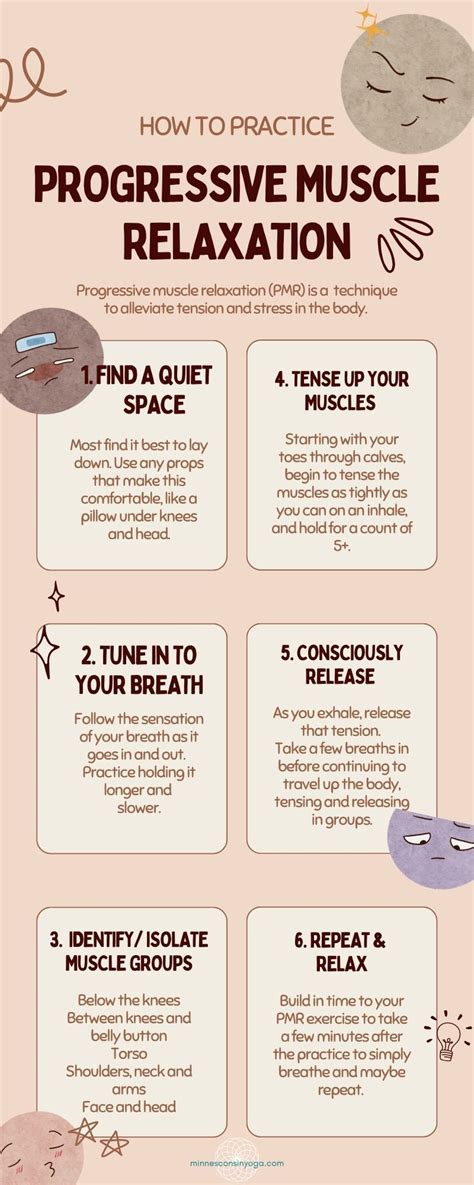Intro
Discover 5 ways to relax and reduce stress, featuring mindfulness techniques, deep breathing exercises, and meditation methods to calm your mind and body, promoting relaxation and well-being.
Relaxation is a crucial aspect of our lives, allowing us to recharge and refocus. In today's fast-paced world, it's easy to get caught up in the hustle and bustle of daily life, leaving us feeling stressed and overwhelmed. However, taking the time to relax and unwind can have a significant impact on both our physical and mental well-being. By incorporating relaxation techniques into our daily routine, we can improve our mood, reduce anxiety, and even boost our immune system. In this article, we'll explore five ways to relax, helping you to find calm and serenity in a busy world.
The importance of relaxation cannot be overstated. When we're feeling stressed, our bodies produce high levels of cortisol, a hormone that can have negative effects on our health if left unchecked. Chronic stress has been linked to a range of health problems, including anxiety, depression, and even heart disease. By learning to relax, we can reduce our cortisol levels, promoting a sense of calm and well-being. Whether you're looking to reduce stress, improve your sleep, or simply feel more balanced, relaxation techniques can help.
From meditation and deep breathing to yoga and progressive muscle relaxation, there are many ways to relax and unwind. Each of these techniques offers a unique set of benefits, allowing you to tailor your relaxation practice to your individual needs. By experimenting with different techniques, you can find what works best for you, helping you to feel more relaxed, calm, and centered. Whether you're a beginner or an experienced practitioner, relaxation techniques can be adapted to suit your lifestyle, making it easy to incorporate them into your daily routine.
Introduction to Relaxation Techniques

Benefits of Relaxation
The benefits of relaxation are numerous, ranging from reduced stress and anxiety to improved sleep and mood. When we're feeling relaxed, our bodies produce lower levels of cortisol, allowing us to feel more calm and centered. Relaxation techniques can also help to reduce symptoms of depression, improve cognitive function, and even boost our immune system. By prioritizing relaxation, we can take a proactive approach to our health, reducing the risk of chronic diseases and promoting overall well-being.Meditation and Mindfulness

Getting Started with Meditation
Getting started with meditation is easy, requiring just a few minutes of your time each day. Begin by finding a quiet, comfortable space to sit, closing your eyes and focusing on your breath. When your mind wanders, gently bring your attention back to your breath, without judgment. Start with short sessions, gradually increasing the length of your meditation practice as you become more comfortable with the technique. You can also use guided meditation recordings to help you get started, providing a gentle, soothing voice to lead you through the practice.Deep Breathing Exercises

Tips for Effective Deep Breathing
To get the most out of deep breathing exercises, it's essential to practice regularly, making it a habit to breathe deeply throughout the day. Start by setting aside a few minutes each day to practice deep breathing, gradually increasing the length of your practice as you become more comfortable with the technique. You can also use deep breathing exercises in conjunction with other relaxation techniques, such as meditation or progressive muscle relaxation, to enhance their effectiveness.Yoga and Progressive Muscle Relaxation

Getting Started with Yoga
Getting started with yoga is easy, requiring just a few minutes of your time each day. Begin by finding a quiet, comfortable space to practice, investing in a good quality yoga mat and some comfortable clothing. Start with simple postures, gradually increasing the difficulty of your practice as you become more comfortable with the technique. You can also use online yoga classes or guided recordings to help you get started, providing a gentle, soothing voice to lead you through the practice.Aromatherapy and Massage

Tips for Effective Aromatherapy
To get the most out of aromatherapy, it's essential to choose high-quality essential oils, using them in a way that is safe and effective. Start by selecting a few essential oils that you enjoy, using them in a diffuser or applying them to your skin. You can also use aromatherapy in conjunction with other relaxation techniques, such as meditation or deep breathing, to enhance their effectiveness.Conclusion and Next Steps

We invite you to share your favorite relaxation techniques with us, leaving a comment below. You can also share this article with friends and family, helping them to discover the benefits of relaxation. By working together, we can create a more relaxed, calm, and centered world, promoting overall health and well-being.
What are the benefits of relaxation techniques?
+Relaxation techniques can help to reduce stress and anxiety, promote a sense of calm, and improve overall health and well-being. They can also help to reduce symptoms of depression, improve cognitive function, and even boost our immune system.
How do I get started with meditation?
+Getting started with meditation is easy. Find a quiet, comfortable space to sit, close your eyes, and focus on your breath. When your mind wanders, gently bring your attention back to your breath, without judgment. Start with short sessions, gradually increasing the length of your meditation practice as you become more comfortable with the technique.
What is the difference between deep breathing and progressive muscle relaxation?
+Deep breathing involves focusing on the breath, slowing down the heart rate, and promoting relaxation. Progressive muscle relaxation, on the other hand, involves tensing and relaxing different muscle groups, helping to release physical tension and promote relaxation. Both techniques can be used together to enhance their effectiveness.
Can I use relaxation techniques in conjunction with other therapies?
+Yes, relaxation techniques can be used in conjunction with other therapies, such as cognitive-behavioral therapy or medication. In fact, relaxation techniques can enhance the effectiveness of other therapies, promoting overall health and well-being.
How often should I practice relaxation techniques?
+The frequency of relaxation practice will vary depending on your individual needs and goals. However, it's generally recommended to practice relaxation techniques at least once a day, ideally at the same time each day. This can help to establish a consistent routine, promoting overall health and well-being.
